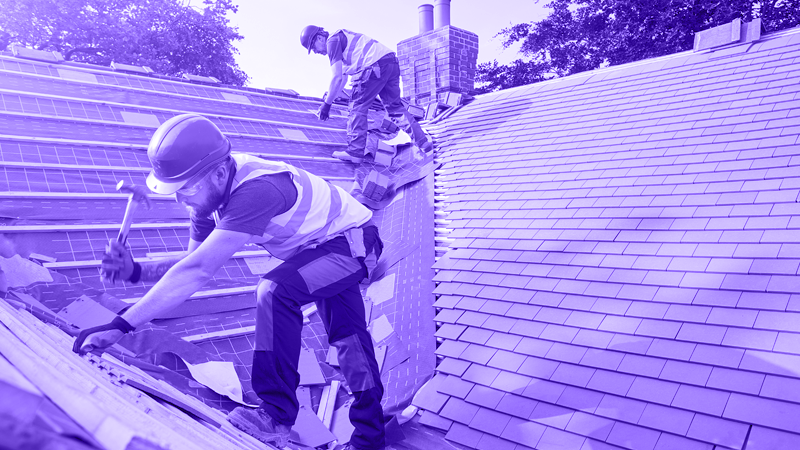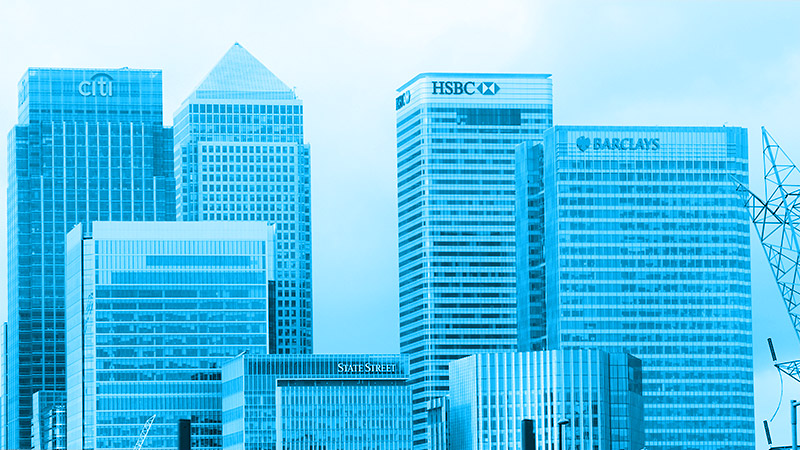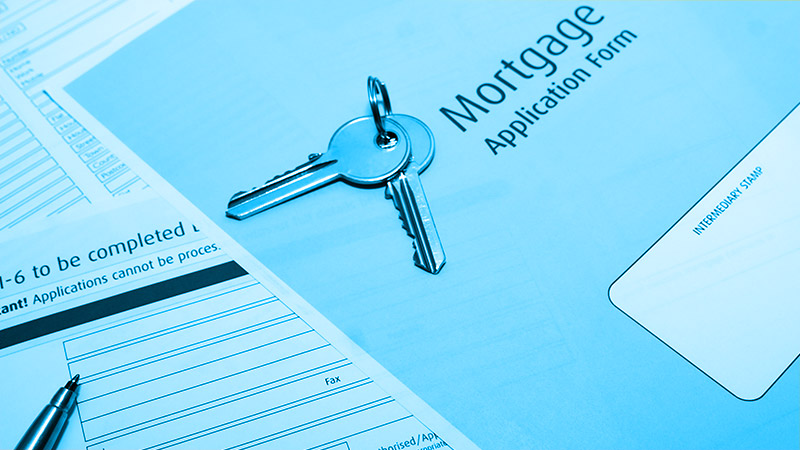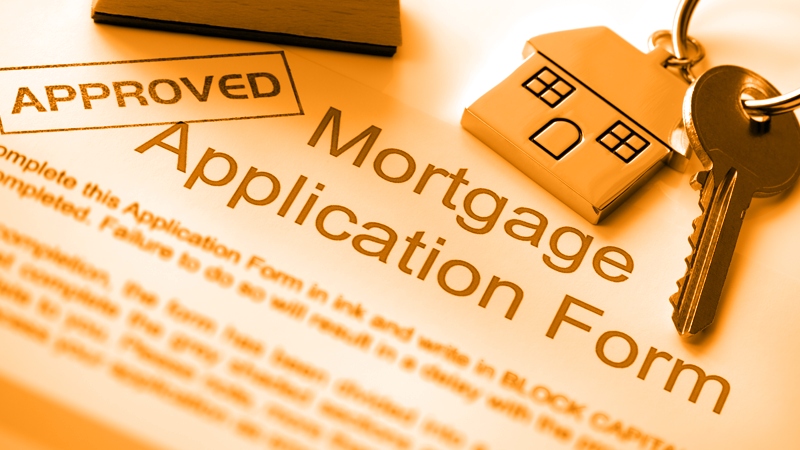Green Mortgages Explained: Save Money While Saving the Planet


More than half of mortgage lenders now offer green mortgages. These special home loans give you rewards when you buy or live in energy-efficient properties. You can get cashback or better interest rates if your home's energy performance rating is high.
Green mortgages are becoming more popular, but many homeowners don’t really know how they work. The UK’s mortgage market has more green options now. It’s worth noting that only 10% of homes built before 1900 can achieve the C rating or better that you usually need to qualify. Buildings use up much energy, and we’ll still be using most of today’s structures in 2050. This makes these financial products really important.
The idea behind green mortgages is great, but they’re not always the cheapest options you’ll find in the wider market. Your property’s value could go up over time if it has good energy performance certificates, which also means lower running costs. This piece will help you understand green mortgages, what you need to qualify, and whether you should think about getting one for your next home.
What is a green mortgage and how does it work?
Green mortgages are specialised financial products that help people make sustainable housing choices. These mortgage products evolved because of growing environmental concerns and the need to cut carbon footprints in real estate.
Definition and purpose
Green mortgages reward homeowners who buy energy-efficient properties or make eco-friendly improvements to their existing homes. The word ‘green’ might make you think of an environmentally friendly mortgage, but it actually refers to the property itself, not the mortgage product.
These mortgages reward borrowers who care about energy efficiency and want sustainable living solutions. The idea started in the early 1980s, and the UK market has grown amazingly – from just 4 products in 2019 to more than 60 in 2023.
Types of green mortgages
Green mortgages come in three main types:
- Cheaper lending rates for properties with high energy efficiency ratings
- Capital release options that give credit, discounted rates, or cashback on existing mortgages for energy improvements
- Additional borrowing through re-mortgaging specifically for home energy efficiency improvements
Each type helps reduce a home’s environmental footprint and lets homeowners earn back their investment through lower energy bills.
How they differ from standard mortgages
Green mortgages work just like traditional mortgages – you make monthly payments and pay off the debt when the term ends. The application process and lending criteria stay mostly the same.
The key differences show up in the perks, which usually include:
- Lower interest rates on fixed-term products
- Higher loan-to-value ratios for qualifying properties
- Cashback offers after completion
- Lower fees
Your property needs to meet certain environmental standards to get these benefits. Most lenders look for an Energy Performance Certificate (EPC) rating of A or B. Some lenders also want you to spend part of any extra borrowing on approved green improvements.
These mortgages aren’t actually ‘green’ themselves – the bank and mortgage don’t need to follow any environmental rules. They simply make energy-efficient properties more affordable.
Related reading:
Understanding EPC ratings and eligibility
Energy Performance Certificates (EPCs) are the foundations of green mortgage eligibility. These certificates determine if your property qualifies for eco-friendly financial products. You should get a full picture of these ratings before you ask about a green mortgage.
What is an Energy Performance Certificate (EPC)?
An EPC measures your property’s energy efficiency and grades it from A (most efficient) to G (least efficient). The government introduced these certificates in 2007. They help homeowners understand their property’s energy performance and spot areas that need improvement. The certificate shows current and potential energy efficiency ratings. It also lists estimated energy costs and specific ways to enhance performance.
UK law requires an EPC whenever someone builds, sells, or rents a property. Each certificate stays valid for 10 years. The average UK property reaches only a D rating. We rated most older buildings this way because builders didn’t use modern energy-saving materials.
EPC rating requirements for green mortgages
Your property needs an EPC rating of A or B to qualify for most green mortgages. These high standards make sure only the most energy-efficient homes get better terms. Properties with an A rating score 92 or above. B-rated properties score between 81 and 91.
The UK government supports this market through the Green Mortgage Guarantee. This covers lenders up to 80% of losses on green mortgages. The policy wants to create more energy-efficient housing across the country.
How to check your property’s EPC
You can check your property’s current rating quickly. Property owners in England, Wales, or Northern Ireland can search the government’s online EPC register. Just enter your postcode, street name and town, or certificate number. Scottish property owners should use the dedicated Scottish EPC Register.
Your property needs a valid EPC to apply for a green mortgage. An accredited energy assessor must review your property if you don’t have a current certificate. The assessment looks at your insulation, heating systems, and lighting to set the overall rating.

Green mortgage UK lenders and their offers
The UK green mortgage market has grown at an incredible pace. What started with just 4 products in 2019 has now expanded to more than 60 options today. This growth shows how homeowners are becoming more aware of climate change and their properties’ effect on the environment. Let’s get into what the big banks currently offer.
High street banks offering green mortgages
NatWest gives homeowners discounted 2-year and 5-year fixed-rate mortgages when their properties have an EPC rating of A or B. These deals work for both residential and buy-to-let properties. The bank’s green mortgages go up to 85% LTV for residential and 75% LTV for buy-to-let properties.
Nationwide takes a different path with their Green Reward scheme. Rather than cutting rates, they give cashback. Your property could earn you £500 if it scores 92+ or £250 for scores between 86-91 on the EPC.
Halifax and Lloyds Bank both reward homeowners with £250 cashback for properties rated A or B on the EPC. They sweeten the deal with their Green Living Reward/Eco Home Reward. You could get up to £2,000 cashback for heat pumps, £1,000 for solar panels, and £500 for other energy-saving improvements[153].
Smaller and ethical lenders
Building societies stand at the forefront of the green mortgage market. Ecology Building Society stands out by funding sustainable projects, especially innovative self-build homes that prioritise environmental responsibility.
The Ethical Consumer points out that many ethical mortgage providers price their products competitively with traditional banks. Building societies often rank as more ethical because they put their profits back into member benefits instead of shareholder returns.
Cashback, interest rates, and borrowing terms
Green mortgages should come with better rates than standard products, since lenders typically save their best deals for these options. All the same, recent market changes mean green mortgages aren’t always the cheapest short-term choice.
Most lenders cap green mortgage borrowing at 85% LTV for residential properties, with stricter limits for certain property types. NatWest, to name just one example, limits new-build flats to 65% LTV.
These mortgages make sense as a long-term investment. Your energy bill savings might outweigh any extra interest costs. This becomes even more relevant since energy-efficient homes tend to hold their value better when it’s time to remortgage.
Mortgageable offers a free Equifax Credit Report as part of its service, with no obligation to proceed. Something worth considering.
Is a green mortgage worth it financially?
The financial benefits of green options need careful thought as you look at your next mortgage. Many homeowners want to know if choosing an eco-friendly option makes sense financially.
Comparing green vs non-green mortgage rates
Green mortgages come with small interest rate cuts—usually 0.1% or 0.15% below a lender’s standard rate. These aren’t always the cheapest deals you can find. Better rates often show up on standard products, which means you need to compare different options. Barclays offers green mortgages at 0.1% below their standard rates, but this discount isn’t groundbreaking in the current market.
Long-term savings on energy bills
The real money-saving potential goes beyond just the mortgage. Energy-efficient homes cut utility bills by a lot, and monthly savings can make up for any higher upfront costs. To cite an instance, heat pumps work 3-4 times more efficiently than older heating systems. A typical solar panel system with battery storage could save you up to £1,248 each year.
Environmental and resale value benefits
The effect on property value makes an even stronger case. Rightmove data reveals that boosting a property’s EPC rating from F to C could raise its value by 15%. Houses with A or B ratings sell for up to 10.9% more than D-rated ones. Green technology like solar panels and EV charging points attracts more buyers now, with 35% of house hunters more likely to bid on homes that have these features.
Conclusion
Green mortgages are gaining popularity in the UK housing market, though many homeowners don’t quite grasp how they work. In this piece, you’ve learned how these specialised financial products reward energy-efficient homes through better rates or cashback deals.
These eco-friendly mortgages don’t always beat the best rates out there. You should compare all your options before making a final choice. In spite of that, the benefits go well beyond just saving money on your mortgage.
Energy-efficient homes will cut your utility bills down the road. These properties with high EPC ratings also sell for more, and upgrading from lower ratings could boost your home’s value by up to 15%. This makes green mortgages worth thinking over, especially as energy prices keep climbing.
The market for green mortgages has grown by a lot. What started as just a few products has evolved into dozens of options from major banks and building societies. Each lender’s green mortgage works differently – some cut interest rates while others give cashback for eligible properties.
Your property needs an EPC rating of A or B to qualify for these eco-friendly loans. While this high bar rules out many older UK homes, it opens up a chance to make targeted upgrades. These improvements could make your home more comfortable, reduce your bills, and help you qualify for better mortgage terms.
Green mortgages let you line up your money choices with environmental values. As buyers care more about energy efficiency, these mortgage products will become more important. Your choice depends on your situation, but knowing these options helps you make smart property decisions that work for both your finances and the environment.
















